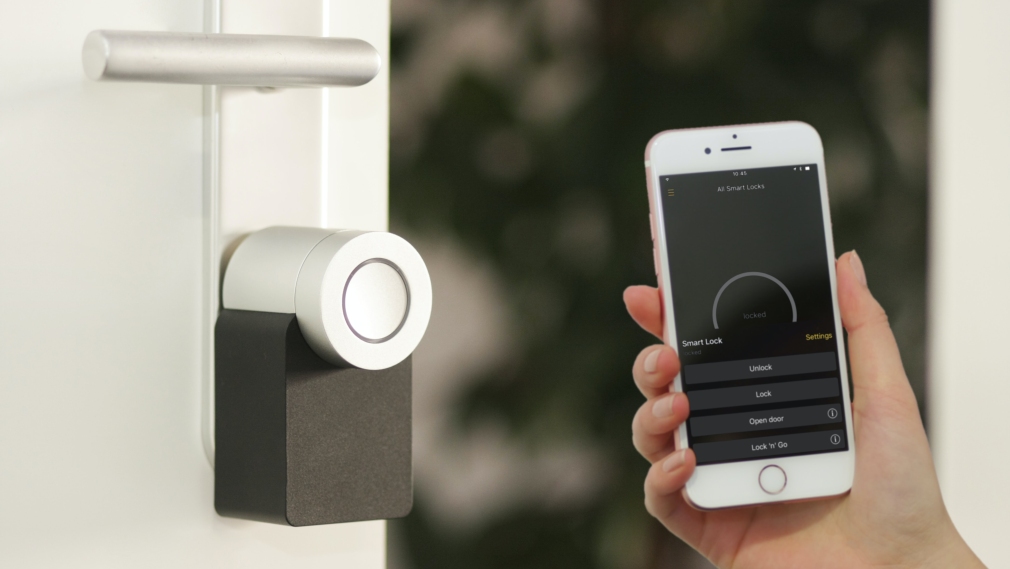6847Views 0Comments

How To Diagnose And Fix Common Electrical Problems in Your Home
As a homeowner, you will experience electrical problems sooner or later, especially if you have an older house. While most electrical issues should be handled by a professional, there are some minor problems that you can diagnose and repair yourself.
Common Electrical Problems and How to Fix Them
It’s crucial to evaluate the danger levels of any electrical problems in your home before attempting any DIY repairs. It’s always best to use a professional electrician or electrical contractor for severe electrical problems with high danger levels, but here are a few common electrical problems and their solutions.
Nonworking Light Switch
A light switch that isn’t working can be an annoying problem, but it doesn’t have to ruin your day. Whether you’re a professional electrician or a DIY enthusiast, there are some easy steps you can take to diagnose and fix the problem. Come along and let’s get your lightswitch back up and running in no time!
Check the Bulb
The first thing you should do is check the bulb that’s connected to the light switch. Sometimes, a faulty bulb will not emit any light when switched on, giving the impression that the switch itself is not working. If this is the case, simply replacing the bulb should do the trick. But don’t stop there—if your switch has been having trouble for some time now, then it may be time to start looking at other possible causes of the issue.
Test for Power
The next step is to test for power coming from the switch so that you can determine if it’s receiving electricity or not. To do this, you’ll need access to a multimeter (or another appropriate testing device). Once you have properly hooked up your testing device and turned off power to your circuit breaker, test both wires connected to your switch using your multimeter or another testing device. This will allow you to see if an electrical current is passing through them or not. If no power is detected when either wire is tested then it’s likely that there’s an issue with the wiring in either the wall box or further upstream in the circuit – this means it’s time for an electrician!
Replace Switch
If power was detected when both wires were tested then it might just be time to replace the actual switch itself. To do this, all you need is some basic tools such as wire cutters or pliers and screwdrivers (depending on which type of switch you are dealing with). Once removed from its wall box location, carefully disconnect all wires from both sides of your old light switch before connecting them to the respective terminals of your new one. After making sure everything is secure and connected correctly, reattach your new light switch to its wall box location and turn on the power again – voila! You have successfully replaced a nonworking light switch!
Diagnosing and fixing a nonworking light switch can seem intimidating but once broken down into easy-to-follow steps anyone can tackle this project with success! By following these simple steps – checking for power in each wire connected to it as well as replacing any faulty bulbs – we can ensure our light switch will be back up and running in no time! Happy fixing!
Very High Electric Bills
Are you seeing a spike in your energy bills? If so, you’re not alone. Many people are seeing higher-than-normal bills due to inefficient appliances, poor insulation, or overused systems. But don’t worry – there are steps that can be taken to diagnose and fix the problem. Let’s take a look at 5 of them.
Inspect Your Insulation
The first step is to inspect your insulation for any holes or gaps that need to be filled. Check around windows and doors for any drafts or air leaks, and make sure all the walls are properly insulated. Additionally, check the attic for any signs of mold or water damage; these could indicate an insulation problem that needs to be addressed immediately.
Analyze Your Home’s Appliances
Next, analyze your home’s appliances for energy efficiency. Your electrician can provide advice on how to get the most out of your appliances without using too much electricity. Look into purchasing energy-efficient models if possible; this will help reduce your energy bills over time.
Monitor Energy Usage
Once you have inspected and analyzed your home’s insulation and appliances, start monitoring your energy usage more closely. Pay attention to what activities use the most electricity (e.g., running the dishwasher) and try to cut back on those when possible. This will help you identify where changes may need to be made in order to reduce overall usage and lower monthly bills.
Invest in Smart Technology
Investing in smart technology can also help reduce monthly energy costs by allowing you to remotely control heating and cooling systems, lights, fans, etc., from anywhere in the world! These devices also offer real-time feedback on energy usage so you can keep track of where your money is going each month.
5 Upgrade Your Electrical System
Finally, consider upgrading your electrical system if it is outdated or malfunctioning in any way – this could be causing an increase in energy bills as well! An experienced electrician can help assess whether or not an upgrade is necessary and which type of system would best suit your needs (e.g., solar panels).
High energy bills can be frustrating but they don’t have to stay that way! By taking a few simple steps like inspecting insulation, analyzing appliances, monitoring usage patterns, investing in smart technology, and upgrading electrical systems when necessary – electricians can help diagnose and fix high energy bills with relative ease! With these tips in mind, anyone should be able to find a solution that works for their budget and lifestyle goals!
Frequent Power Surges
Power surges aren’t usually a problem with the wiring in your home, but frequent power surges are a sign of a potentially dangerous problem, mainly when they occur without a lightning storm. The only way to evaluate and repair any problems with power surges is to hire a professional electrical contractor to inspect your grid and the wiring in your home to discover the problem. It’s also a good idea to install surge protectors throughout your home for computers and other electronic devices to protect them from damaging power surges.
Plugs Fall Out of the Outlet
Older homes tend to have more of a problem with plugs not fitting securely or falling out of wall sockets than newer homes. The problem with plugs falling out of sockets occurs when the contacts inside the socket are worn and damaged. The solution is to purchase new outlets and replace the old ones. Replacing outlets is a relatively simple task you can perform DIY, and the cost is minimal. However, if you have a large home, you should have a professional inspect and replace all the outlets in your home with outlets that have built-in surge protectors.
Now that you have some ideas about common electrical problems in your home, you should know which ones you should take on DIY and which ones require a professional. Remember that using a professional saves time, reduces your risks of danger, and gives you peace of mind.


